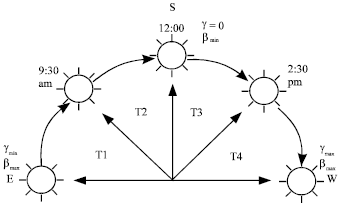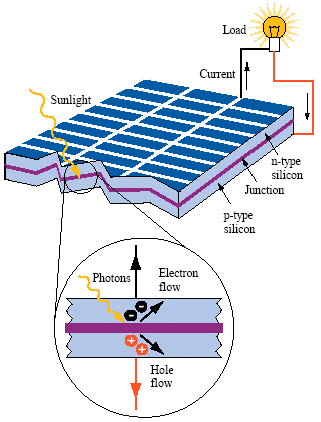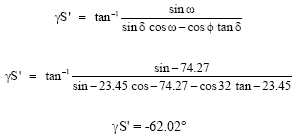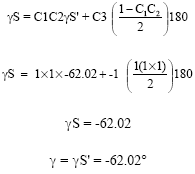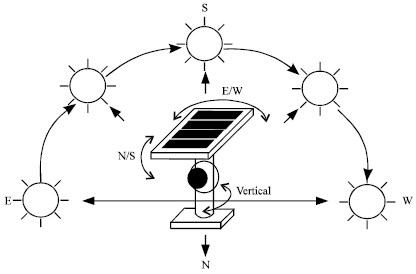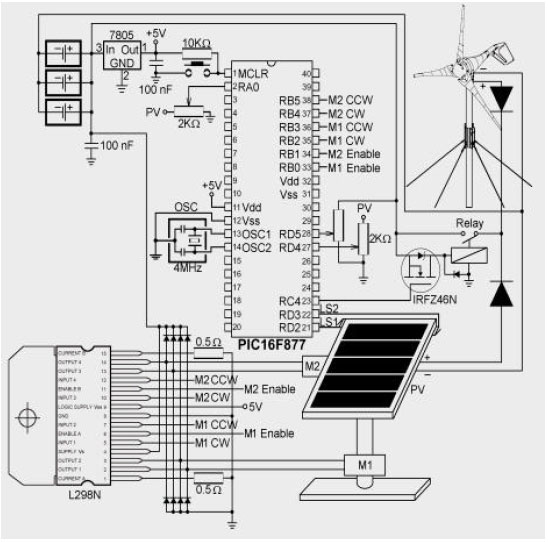Research Article
Renewable Energy Resources, Study Case for Jordan
Department of Computer Engineering, Faculty of Engineering, Al Balq�a Applied University, Jordan
Yasir Khalil Ibrahim
Department of Computer Science, Faculty of Science, Jerash Private University, Jordan









